Plant Appreciation Day

Did you know that plants can help improve the indoor air quality of your home? It’s true!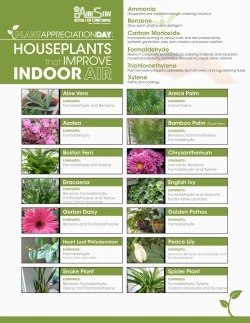
Scientists and researchers have discovered that plants absorb many other gases in addition to carbon dioxide, including a long list of volatile organic compounds (VOCs).
A couple common examples of these VOCs include formaldehyde (found in paper products, paints and lacquers, carpet cleaner, dish detergent, fabric softener and some cosmetics) and benzene (found in fabrics, plastics, pesticides and cigarette smoke). VOCs have been linked to critical conditions such as asthma and nausea as well as chronic diseases like cancer and respiratory illnesses.
Plants remove pollutants by absorbing the gases through their leaves and roots and afterwards release clean oxygen back into the air.
Why not take advantage of nature’s original air purifier? In honor of Plant Appreciation Day, your Comfort Company put together a list of houseplants that are sure to brighten up your space and help you breathe easier. You can also click on our infographic at right to learn more!
1. Aloe Vera
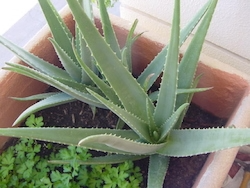
In addition to its skin healing properties, Aloe Vera removes formaldehyde and benzene. It requires a sunny area of the home and is fairly easy to grow.
2. Chrysanthemum
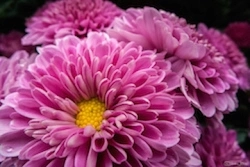
Chrysanthemums are a colorful and beautiful way to illuminate your home and remove ammonia, benzene, formaldehyde and xylene. Simply place in direct sunlight and it’ll be good to go!
3. Snake Plant
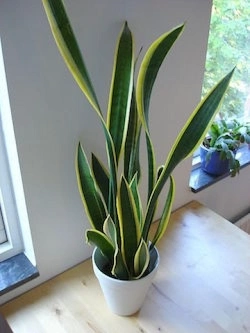
Also known as the “Mother-in-law’s tongue”, the snake plant removes benzene, formaldehyde, xylene and trichloroethylene. It thrives in steamy, low-light and humid conditions but does still need to be watered occasionally. Since formaldehyde is often found in cleaning products, toilet paper and other cosmetics, these plants are often placed in bathrooms.
4. Spider Plant
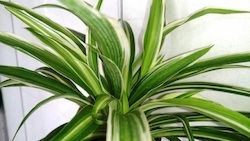
Because of its durability, the spider plant is one of the easiest houseplants to grow. It removes formaldehyde, xylene, carbon monoxide and benzene, and requires bright, indirect sunlight.
5. Peace Lily
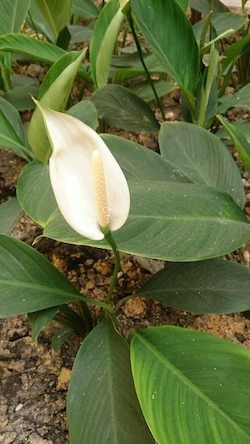
The peace lily requires some shade and water weekly, but make sure not to overwater. It is easy to grow and removes ammonia, benzene, formaldehyde and trichloroethylene.
6. Bamboo Palm
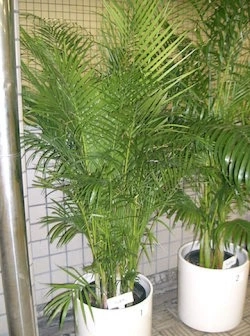
Also known as the reed palm, the bamboo palm thrives in shady indoor spaces and can vary in height from five to 12 feet tall. It removes benzene, trichloroethylene and formaldehyde.
7. Boston Fern

The Boston fern prefers to be waters often and to be kept in a humid location with damp soil and bright light.
8. Dracaena
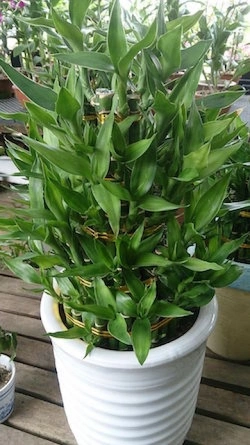
There are over 40 different types of the dracaena plant, and it can grow to reach as much as 12 feet tall. It removes benzene, formaldehyde, xylene and trichloroethylene. But, take caution, this plant is toxic to cats and dogs, and would be a bad option for pet owners.
9. Gerber Daisy
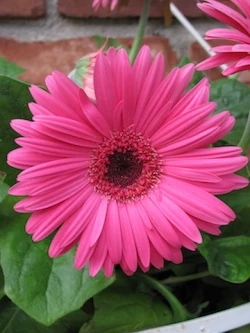
The gerber daisy is a beautiful bright flowering plant that requires a lot of sunlight and removes benzene and trichloroethylene.
10. Azalea
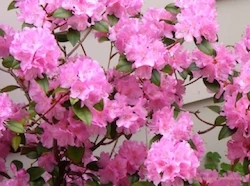
The azalea is a beautiful flowering shrub that prefers to be kept in cool areas of 60-65 degrees. It removes formaldehyde, and it is a great option to keep in your basement if you can find a bright spot.
11. English Ivy

The English ivy flourishes under shady to full sun conditions in moderately foil and moist soil. It removes formaldehyde and airborne fecal-matter particles.
12. Golden Pothos

The Golden Pothos is a fast-growing vine that stays green even while kept in the dark. It removes formaldehyde.
13. Heartleaf Philodendron
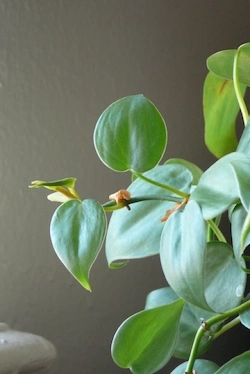
Also known as the Sweetheart Plant, the Heartleaf philodendron is a popular houseplant because it is extremely easy to grow. It prefers moderate to bright light but not direct sun. It removes formaldehyde as well as other VOCs, but parents and pet owners take caution: it is toxic when eaten.
14. The Areca Palm
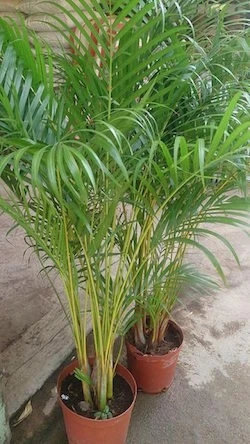
The Areca is ranked as the top air purifying plant by NASA and dubbed the “most efficient air humidifier” by MetaEfficient. It is easy to maintain, non-toxic and grows the best in indirect sunlight. During the winter months, it can even replace the use of electric humidifiers.
 Click to call
Click to call


